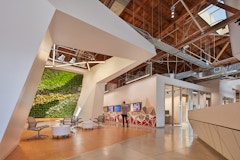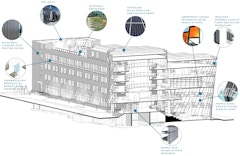
191 results
-

-

The ABCs of ZNE
- Event by Verdical Group
The journey to a zero net energy (ZNE) future starts with renovating the current paradigm of building design. The way buildings are designed today needs a retrofit in thinking so new projects meet the challenges of the global climate crisis.
-

The ABCs of ZNE
- Event by Verdical Group
The journey to a zero net energy (ZNE) future starts with renovating the current paradigm of building design. The way buildings are designed today needs a retrofit in thinking so new projects meet the challenges of the global climate crisis.
-

The ABCs of ZNE
- Event by Verdical Group
The journey to a zero net energy (ZNE) future starts with renovating the current paradigm of building design. The way buildings are designed today needs a retrofit in thinking so new projects meet the challenges of the global climate crisis.
-

The ABCs of ZNE
- Event by Verdical Group
The journey to a zero net energy (ZNE) future starts with renovating the current paradigm of building design. The way buildings are designed today needs a retrofit in thinking so new projects meet the challenges of the global climate crisis.
-

The ABCs of ZNE
- Event by Verdical Group
The journey to a zero net energy (ZNE) future starts with renovating the current paradigm of building design. The way buildings are designed today needs a retrofit in thinking so new projects meet the challenges of the global climate crisis.
-

The ABCs of ZNE
- Event by Verdical Group
The journey to a zero net energy (ZNE) future starts with renovating the current paradigm of building design. The way buildings are designed today needs a retrofit in thinking so new projects meet the challenges of the global climate crisis.
-

U-Factor Matters in Hot Climates
- Paper by Helen Sanders, PhD
It is commonly thought that fenestration U-factor is not a key determinant in the performance of facades in hot climates, and generally the focus of
-

Modern Heritage and Facade Improvements
- Paper by Uta Pottgiesser · Angel Ayón
Approximately 80% of our total building stock is from the 20th century. During the last decades, along with an increasing appreciation of modern
-
Reglaze or Replace?
- Paper by Angel Ayón, AIA, LEED AP · Laura Boynton, AIA, LEED AP
Originally known as The Master Building, 310 Riverside Drive in Manhattan's Upper West Side is a 28-story tower completed in 1929 as an apartment
-

Sustainable Retrofit Strategies for an Existing Laboratory Building
- Paper by Suncica Milosevic · Ajla Aksamija
This paper analyzes sustainable retrofit strategies for an existing research laboratory building, located in a cold climate. This facility is